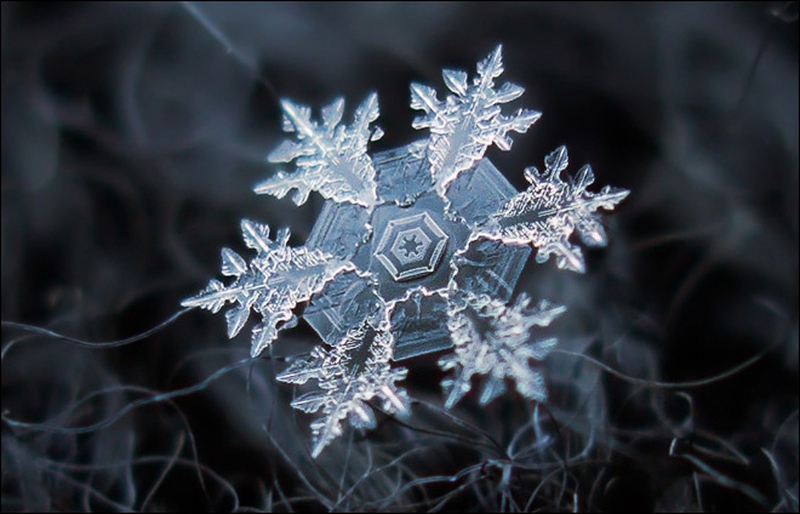Close-up photos pull you directly into a subject so you can examine its details from a unique perspective. A close-up tends to focus on a specific thing—an insect, a plant, a flower, or a face, for example. Or it can highlight something we don't usually pay much attention to, but which turns out to be captivating, dramatic, or revealing when intimately observed. When should you use close-up shot?

Part 1
Close-up photos can tell a powerful story in a single shot: Taking a photo of a person's weathered hands, for example, might be a way to convey the fact that they have worked hard all their life. This iconic close-up photograph from Uganda showing the contrast between the hand of a malnourished boy and that of a missionary tells a powerful story about famine.
Close-up vs. macro
Often we hear the word macro used in reference to—or even interchangeably with—close-up photography. But there is a key difference. A close-up is an image shot at close range, where the subject is isolated from its environment. Any camera and lens can shoot a close-up. A macro photograph, however, is an extreme close-up that portrays the subject as life-size or greater-than-life-size.
Macro photos are characterized by both closeness and magnification. If you wanted to photograph the details of an insect’s eyes, for example, you would take a macro photograph.
A macro photo is generally expressed as a ratio—a 1:1 ratio is when the image is life-size. To take a high-quality macro shot, you must use a special macro lens whose performance is specifically geared to close-focus shooting. A normal lens can't focus when it's very close to the subject and thus can't take an image at a ratio greater than 1:1. A macro lens, however, can focus when positioned very close to the subject, allowing it to achieve greater-than-life-size magnification, a shallower depth of field, and thus clearer focus on tiny details.

View All Comments /Add Comment